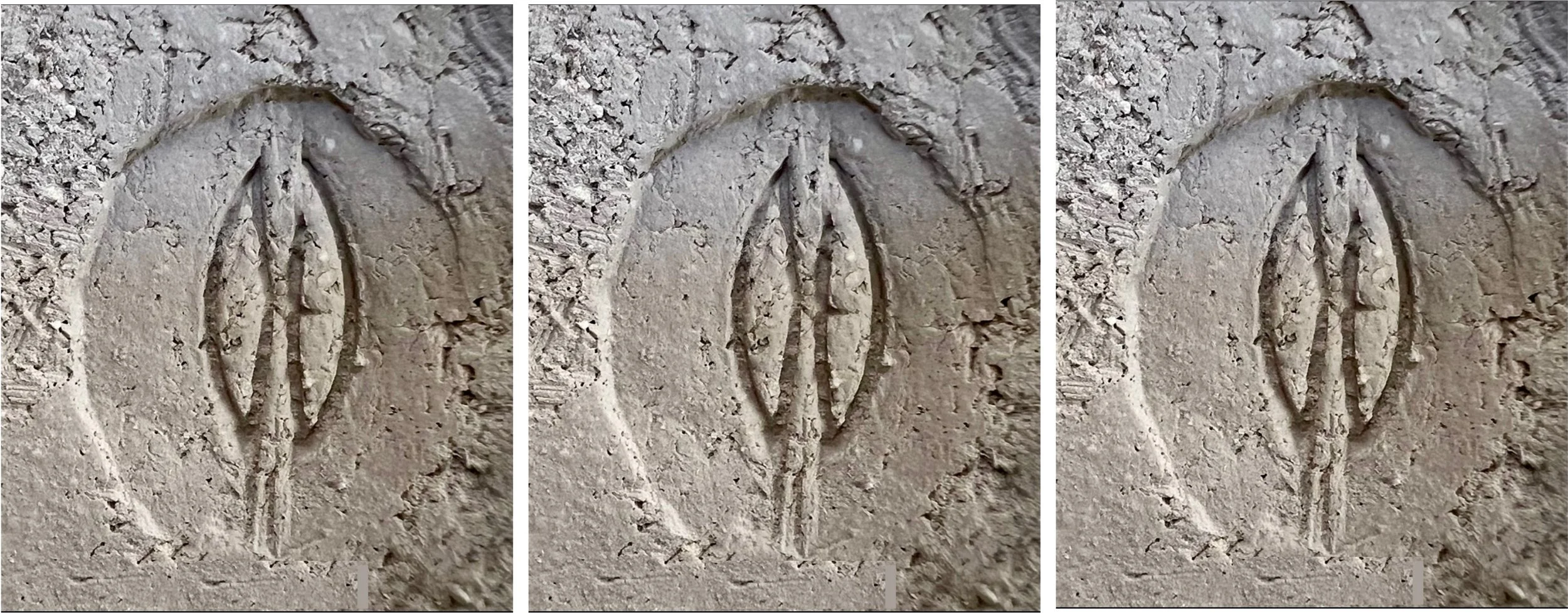David Barrow
David Barrow is a British artist working with ceramics, and more recently with sculpted head and paintings, that explore what he calls Intersentient States—conditions where form carries awareness, ambiguity, and presence. His works hover between recognition and abstraction, the archaic and the contemporary, inviting the viewer into a state of contemplative encounter. Originally trained in ceramics, Barrow later became a Professor of Microfluidics and Materials at Cardiff University, where his research, particularly into synthetic biology and material behaviour, informed his understanding of structure and transformation. Returning full-time to the studio, he now connects those scientific insights with a reflective engagement involving clay and form. His practice aligns with the quiet radicalism of diverse but specific artists, cultures and works, ranging from pottery and sculpture to architecture and music, and which influences are felt through shared restraint and attention to presence.
Statement
My ceramic vessels and sculpted heads unfold within what I call Intersentient States - works that hold a charged ambiguity, where form appears to listen as much as it speaks. They belong to a lineage that glances toward Hans Coper’s austerity, Kamoda Shōji’s textured asymmetries, the sculptural force of Elizabeth Frink, and the distilled geometries of Ben Nicholson, yet remain their own. The vessels are not containers in the utilitarian sense but presences that test how far matter can lean toward sentience. Their forms are poised, sometimes austere, sometimes lyrical, yet always unsettled - holding something withheld, something unresolved. To encounter them is to enter a dialogue that resists easy conclusion, a dialogue sustained as much by silence as by statement. The enquiry extends beyond ceramic vessels into my sculpted heads and paintings, which pursue the same conditions of resonance. Across these media, the constant is an insistence on singularity: works made not only for repetition towards refinement, but for presence, each carrying its own authority, its own voice. What remains is elusive yet hopefully compelling - objects that linger in memory, charged with the possibility of recognition just beyond reach.
Studio
A compact working space where clay, tools, and fragments accumulate over decades. It is not for display but a place for work: a place of silence, repetition, and slow formation. The benches gather a history marks, the shelves hold vessels in stasis, heads unresolved. Here, nothing is hurried; pieces may wait years before they declare themselves complete. Each object carries a sediment of hours — thought pressed into matter, shaped in a room that asks for patience and rewards persistence.
Timeline highlights
Selected milestones tracing a trajectory between science and art, shaping the ground from which Intersentient States emerged.
1980s – First period of full-time ceramic practice, establishing a language of assembled and altered forms.
1990s–2000s – Academic professorial career in science, leading international research in nanomaterials, microfluidics, spaceflight physics, and synthetic biology; co-founded three start-ups.
2005 – Return to making after a period of scientific focus, initiating works that began to cohere around the idea of Intersentient States.
2010s – Expanded into painting and sculpted heads, deepening the enquiry into presence, ambiguity, and resonance.
2020s – Re-established ceramics as the central medium, while integrating sculptural and graphic works.
Present – Ongoing development of vessels, heads, and paintings that extend the concept of Intersentient States into new series. Blavatnik award judgement panelist.
Example Exhibitions / collections
|| Bluecoat Gallery / National Museum of Wales / Mostyn Gallery / Beverley Cathedral.
|| W A Ismay Archive Collection - Centre of Ceramic Art, York, UK / Robin & Heather Tanner Collection - Crafts Study Centre, Bath UK.
|| Purchased works are held in other private collections, in the USA, Japan, Italy and UK; others are available by enquiry;


